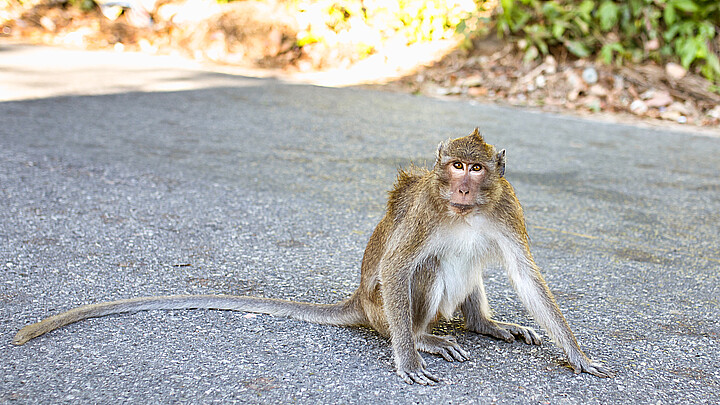Trending
The Blob: 5,000 mile pile of seaweed headed toward Florida's coast
Not only is sargassum smelly and unsightly, but it can also cause other damaging side effects

March 16, 2023 8:57am
Updated: March 16, 2023 8:57am
A 5,000-mile pile of seaweed is heading towards Florida and the Gulf of Mexico, bringing with it heavy, smelly blankets of sargassum drift to the white beaches that could hinder the tourism season.
The seaweed, called sargassum, is a naturally occurring type of microalgae that has grown at an alarming rate this year, threatening to be the largest on record yet.
The 5,000-mile-wide belt of the algae stretches across the Atlantic Ocean, from Africa to Florida.
“This year could be the biggest year yet," said Brian Lapointe, an algae specialist and research professor at Florida Atlantic University's Harbor Branch Oceanographic Institute, adding that the blob doubled in size between December and January.
The blob of seaweed is currently traveling east and is expected to pass through the Caribbean and Florida this summer, according to Lapointe. However, part of the belt has already begun to wash up on the Florida Keys and other beaches in the region. Researchers are expecting more of it to arrive in the coming weeks.
“This is an entirely new oceanographic phenomenon that is creating such a problem — really a catastrophic problem — for tourism in the Caribbean region where it piles up on beaches up to 5 or 6 feet deep,” Lapointe added.
When sargassum hits the beaches, it tends to pile up, making it difficult to navigate around it. Additionally, it also emits a gas that smells like rotten eggs and can lead to respiratory problems.
Not only is sargassum smelly and unsightly, but it can also cause other damaging side effects. Some species of algae are known to produce toxins that affect the food chain or deplete oxygen from the water, causing marine life to die.










